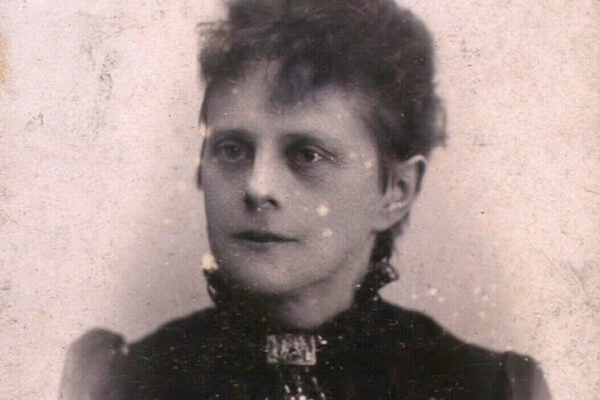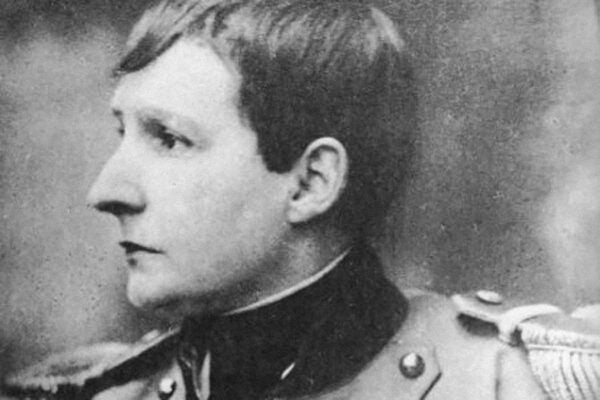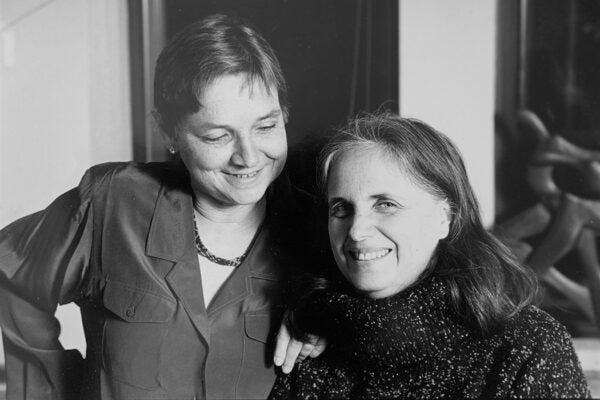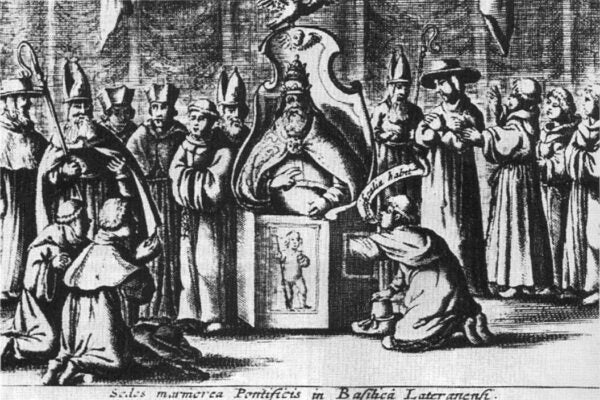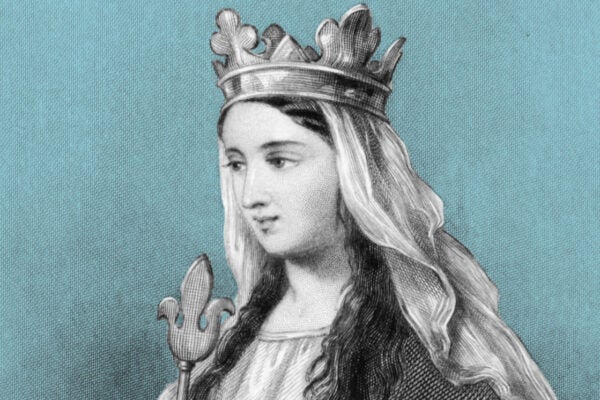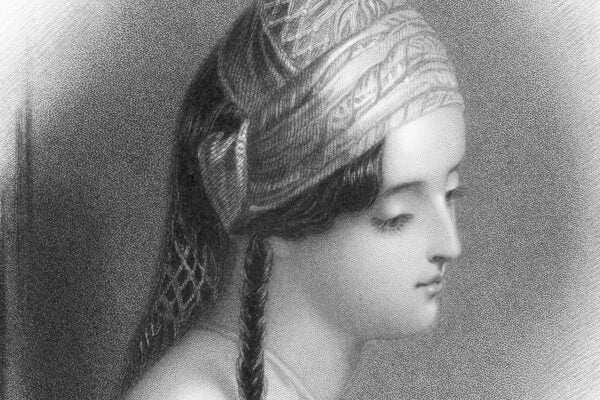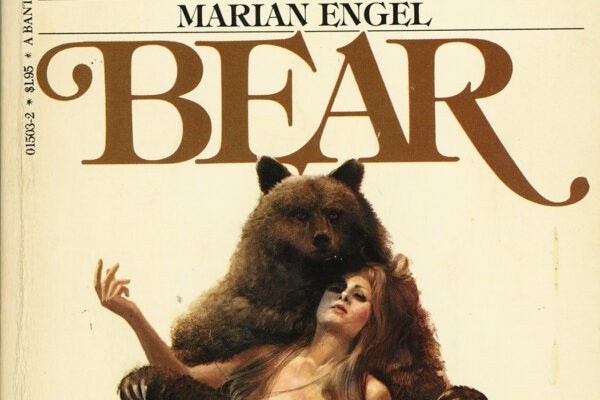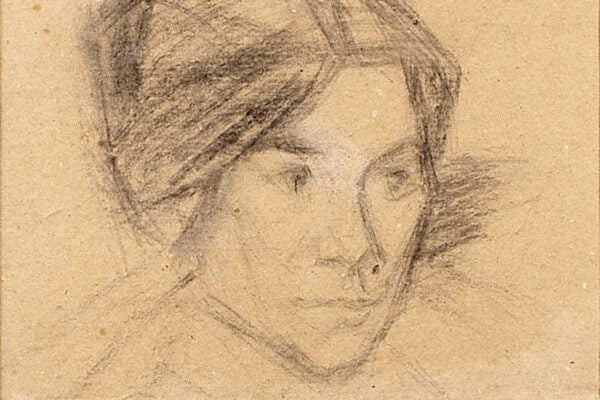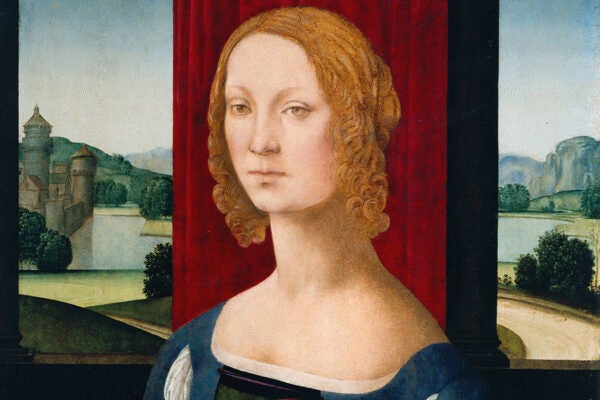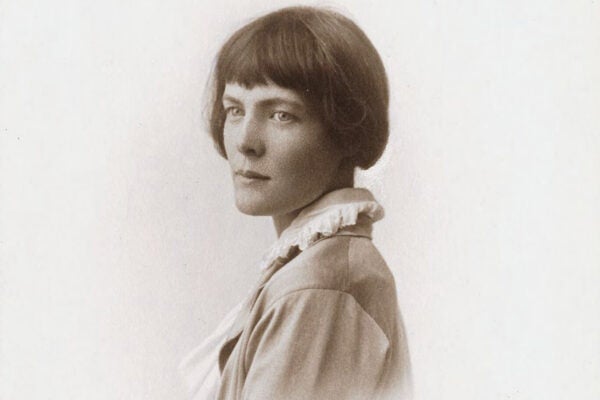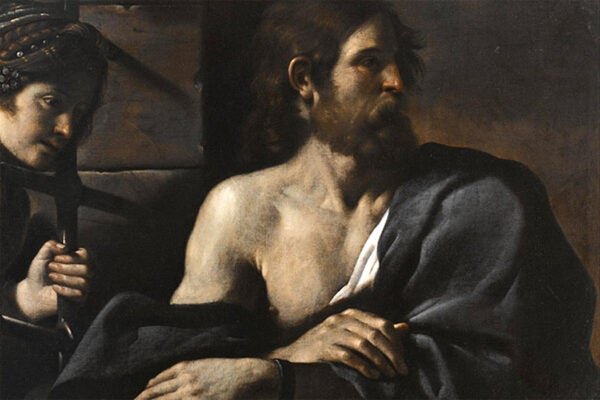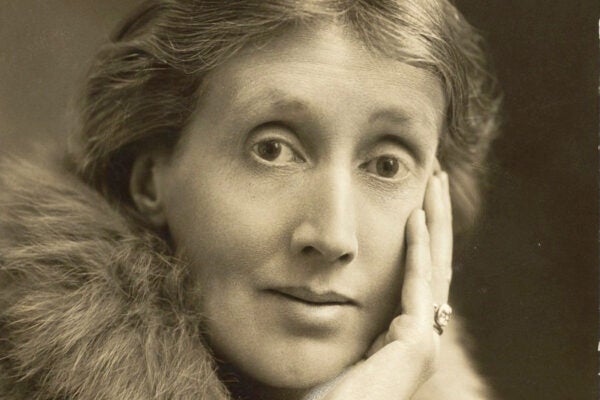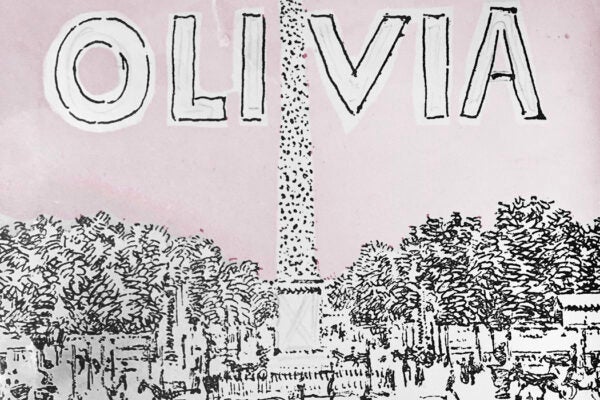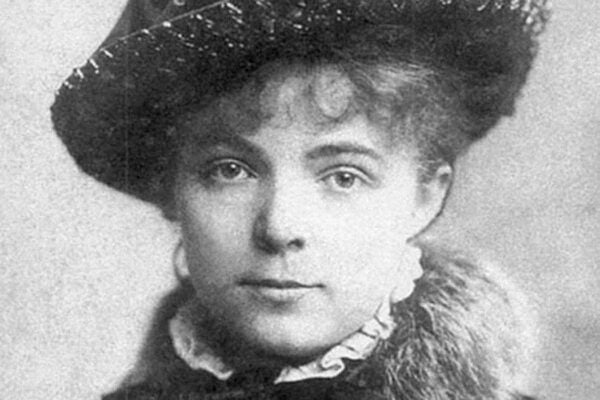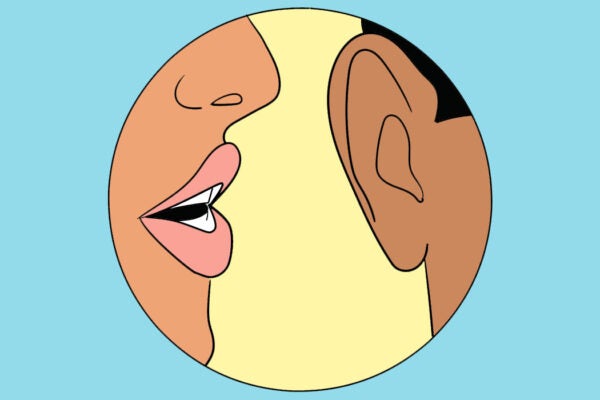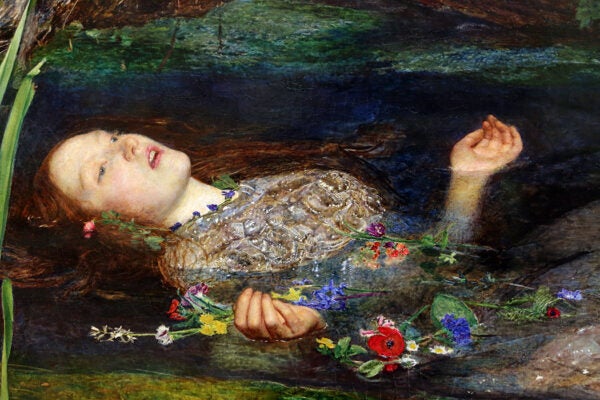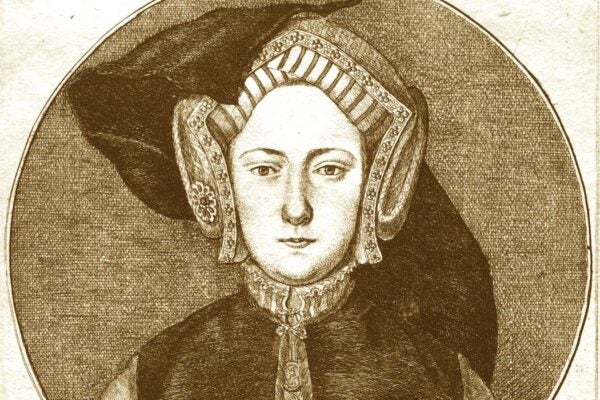Sneaky Racism in a Ghost Story
Guy de Maupassant’s spooky story "The Horla" captured French anxieties about race, foreigners, and contagious diseases.
Sylvia Plath’s Fascination with Bees
The social organization of the apiary gave Sylvia Plath a tool for examining her aesthetic self, even as her personal world slipped into disarray.
Laura Kieler: A Life Exploited
Norwegian playwright Henrik Ibsen mined Kieler's life for the plot of his most famous play, The Doll's House.
The Cross-Dressing Superstar of the Belle Époque
Mathilde de Morny's commitment to a masculine aesthetic and a non-traditional lifestyle in nineteenth-century France challenged the boundaries of gender identity.
The Incredible Versatility of Adrienne Rich
Rich challenged the language of the past in poetry and prose while not quite embracing a fully inclusive future.
The Myth of the Papal Toilet Chair
Legend holds that newly elected popes in the Middle Ages had to present their genitals for inspection to confirm that they were male.
Empress Matilda, George R. R. Martin’s Muse
Like the fictional character she inspired, Matilda was at the center of a civil war, fighting her own relatives for control of the royal throne.
When Lord Byron Tried to Buy a Twelve-Year-Old Girl
The English poet fell in love with Teresa Makri while he was traveling in Greece and subsequently tried to purchase her from her mother.
Canada’s Most Controversial Novel
Marian Engel's 1976 novel Bear is famous for its embrace of bestiality, but it also offers a commentary on humans' relationship with the natural world.
Elena Guro and the Cubo-Futurism Group
Informed by the philosophies of the Futurists, Guro's painting and poetry represented an era of experimentation and innovation in Russian art.
Did Caterina Sforza Flash an Army?
According to legend, Sforza lifted her skirts to show her adversaries that she had the body parts to make more children. But why?
Remembering H.D.
Hilda Doolittle, aka H.D., had her champions among modern scholars, but she's still often left off modern poetry course syllabi.
Taking Liberties With Biblical Stories
In the Christian New Testament, Saint John the Baptist and Salome never meet. Why, then, does she appear at the bars of his cell in Guercino’s moody painting?
Virginia Woolf’s Only Play
Based on Woolf's own family, Freshwater was a tongue-in-cheek comedy full of inside jokes, written to entertain members of the Bloomsbury Group.
Olivia: An Oft-Overlooked Lesbian Novel
It took some fifteen years to bring Dorothy Strachey Bussy’s remarkable roman à clef to print, thanks to André Gide’s lukewarm reception.
Marie Bashkirtseff’s Diary
The art student died young, but her diary lived on to inspire future writers, including Anaïs Nin, Katherine Mansfield, and Mary MacLane.
Her Bounty Is Boundless
From the first actor—a man—to play Juliet to the “girl boss” version on Broadway, Shakespeare’s young lover offers something new in every iteration.
The Artists Who Hated the Eiffel Tower
Now an icon of modernism and avant-garde design, the Eiffel Tower was once seen by Parisian writers and artists as a blight on the cityscape.
The Short-Lived Le Navire d’Argent
Despite its short run, Adrienne Monnier’s literary review made its mark on modernist literature, publishing the work of James Joyce, T. S. Eliot, and Walt Whitman.
Isabel Allende’s “Two Words”
Many have tried to guess the two magical words whispered by Allende’s character Belisa Crepusculario, but the author has yet to reveal them.
Elizabeth Siddal, the Real-Life “Ophelia”
A working-class woman with artistic aspirations of her own, Siddal nearly died of pneumonia after posing for John Everett Millais’s iconic painting.
The Boston Athenæum
Founded in 1807, the subscription library was a gathering place for local scholars, “men of business,” and members of the upper classes in search of knowledge.
Laura Bassi, Enlightenment Scientist
The Italian physicist and philosopher was the first woman to earn a doctorate in science and the first salaried female professor at a university.
Catherine of Aragon: Europe’s First Female Ambassador
Remembered as the wife Henry VIII brushed aside for Anne Boleyn, Catherine of Aragon was viewed as a strong leader and diplomat in her own lifetime.
Edgar Allan Poe (Sort of) Wrote a Book About Seashells
The American writer was an enthusiast of the sciences, which may explain his decision to “adapt” a text about seashells for publication under his own name.



